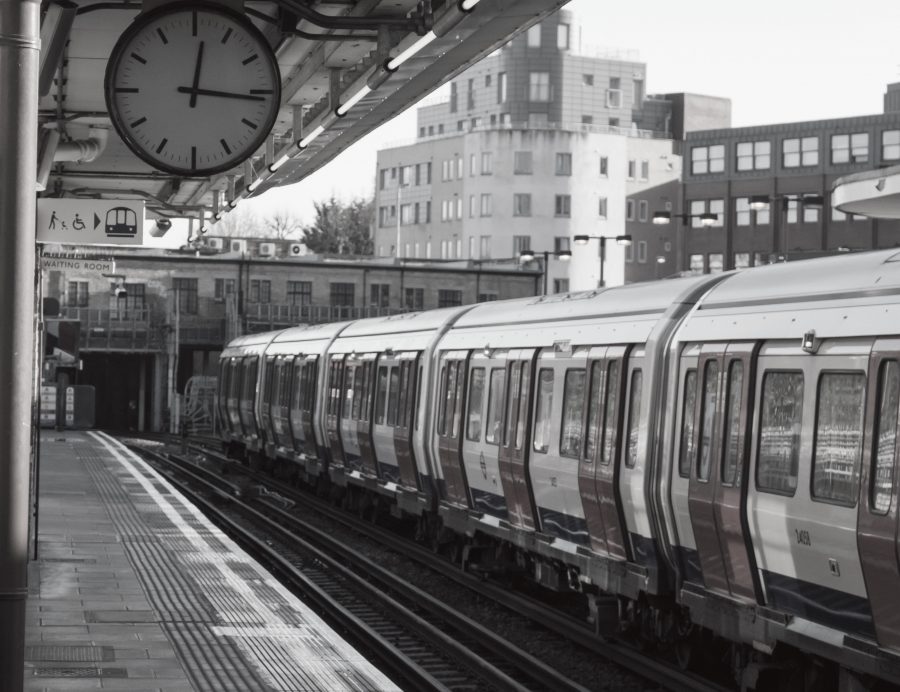“It promises to join up various portions of the metropolis with what has been described as an ‘inner ring’ represented by the Metropolitan District Railway. New lines will bring passengers from east, west, north and south to the District system….”
(The Economist dated April 12, 1902)
Consider the following fact: the London Underground handles an estimated 3.5 million passenger journeys each day, and its trains travel around 76 million kilometres each year. How did it originate and what were the impacts it had on spatial development and human geography across time? The late nineteenth and early twentieth century were an era of sizable increase in railway construction in London. Modern day London Underground traces its predecessors from the Underground Electric Railway Company of London Limited (UERL) established in 1902 with a share capital of £5 million. UERL was a holding company for the construction of several underground railways in London in 1906 and 1907. These comprised of the Baker Street and Waterloo railway, the Charing Cross, Euston and Hampstead railway and the Great Northern, Piccadilly and Brompton railway. This was implemented at an estimated total cost of £16 million.
What was the impact of this expansion in underground railway networks? Post-World War 1 railway extensions took UERL’s services out into suburban areas. This led to a greater number of people using it and commuting to work while living in places far away from their workplace. This was in complete contrast to times before its construction and expansion where travel was slow and achieved solely by human or horsepower. By the 1930s the UERL’s lines had stretched beyond the county of London and served destinations such as Essex, Hertfordshire and Surrey. Besides faster travelling times, expansion in railway networks had a definitive impact on city size and structure.
History provides a lens into the huge benefits that were achieved due to the construction of the underground railway system. A study published in the LSE Business Review by Stephan Heblich, Stephen Redding and Daniel Sturm looks into the role of these commuting flows in sustaining dense concentrations of economic activity. Their model looks into the effects that steam passenger railways on city size and structure and explains the observed changes in the organisation of economic activity within Greater London.
Holding the supply of floor space, productivity and amenities constant, they find that removing the entire railway network reduces the total population and rateable value of Greater London by 30 per cent and 22 per cent respectively, and decreases commuting into the City of London from more than 370,000 people in 1921 to less than 60,000.By comparison, removing only the underground railway network diminishes the total population and rateable values for Greater London by 8 per cent and 6 per cent respectively, and brings down commuting into the City of London to just under 300,000 workers.
Another recent study on High Speed Rail (HSR) in China by the department of urban studies and planning at MIT has found that extensive investment in HSR during 2000-10 has not only improved the levels of inter-city accessibility for all cities but has narrowed the gaps in accessibility across cities. The authors have found that HSR is a powerful infrastructure option to improve equality of intercity accessibility at a massive scale and significantly enhance the external agglomeration economies.
Both these findings from history and contemporary times highlight the role of modern transport technologies in sustaining dense concentrations of economic activity. The sharp separation between the workplace and residence that is observed today is explained by the evolution and development of these transport networks. The accessibility of remote and suburban parts of London to the centre explains the growth in population and the increase in the value of land and buildings over the period from 1801 to 1921.







